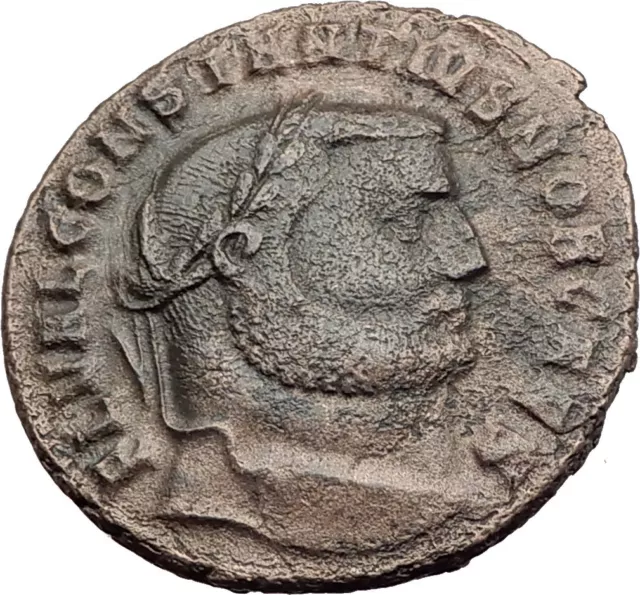CONSTANTIUS I Chlorus 300AD Antioch Follis BIG Ancient Roman Coin GENIUS i63200
|
Frequently Asked Questions
Who am I dealing with?You are dealing with Ilya Zlobin, ancient coin expert, enthusiast, author and dealer with an online store having a selection of over 15,000 items with great positive feedback from verified buyers and over 10 years experience dealing with over 57,000 ancient and world coins and artifacts. Ilya Zlobin is an independent individual who has a passion for coin collecting, research and understanding the importance of the historical context and significance all coins and objects represent. Most others are only concerned with selling you, Ilya Zlobin is most interested in educating you on the subject, and providing the largest selection, most professional presentation and service for the best long-term value for collectors worldwide creating returning patrons sharing in the passion of ancient and world coin collecting for a lifetime. How long until my order is shipped?Orders are shipped by the next business day (after receipt of payment) most of the time. How will I know when the order was shipped?After your order has shipped, you will be left positive feedback, and that date could be used as a basis of estimating an arrival date. Any tracking number would be found under your 'Purchase history' tab. USPS First Class mail takes about 3-5 business days to arrive in the U.S. International shipping times cannot be estimated as they vary from country to country. Standard international mail to many countries does not include a tracking number, and can also be slow sometimes. For a tracking number and signature confirmation, you may want to do Express Mail International Shipping, which costs more, however, is the fastest and most secure. Additionally you may be able to receive your order in as little as 3-5 business days using this method. For Express Mail International, it may be possible to place up to 10-15 items in one package (for the one shipping cost) as it is flat rate envelope, which may be the most cost-effective, secure and fastest way to receive items internationally. Send me a message about this and I can update your invoice should you want this method. Getting your order to you, quickly and securely is a top priority and is taken seriously here. Great care is taken in packaging and mailing every item securely and quickly. Please be aware, I cannot take responsibility for any postal service delivery delays, especially for international packages as it may happen in rare instances. What is a certificate of authenticity and what guarantees do you give that the item is authentic?Each of the items sold here, is provided with a Certificate of Authenticity, and a Lifetime Guarantee of Authenticity, issued by a world-renowned numismatic and antique expert that has identified over 57,000 ancient coins and has provided them with the same guarantee. You will be very happy with what you get with the COA; a professional presentation of the coin, with all of the relevant information and a picture of the coin you saw in the listing. Additionally, the coin is inside it's own protective coin flip (holder), with a 2x2 inch description of the coin matching the individual number on the COA. On the free-market such a presentation alone, can be considered a $25-$50 value all in itself, and it comes standard with your purchases from me, FREE. With every purchase, you are leveraging my many years of experience to get a more complete context and understanding of the piece of history you are getting. Whether your goal is to collect or give the item as a gift, coins presented like this could be more prized and valued higher than items that were not given such care and attention to. Buy a coin today and own a piece of history, guaranteed.
Is there a money back guarantee?I offer a 30 day unconditional money back guarantee. I stand behind my coins and would be willing to exchange your order for either store credit towards other coins, or refund, minus shipping expenses, within 30 days from the receipt of your order. My goal is to have the returning customers for a lifetime, and I am so sure in my coins, their authenticity, numismatic value and beauty, I can offer such a guarantee. When should I leave feedback?Once you receive your order, please leave a positive feedback. Please don't leave any negative feedbacks, as it happens sometimes that people rush to leave feedback before letting sufficient time for their order to arrive. Also, if you sent an email, make sure to check for my reply in your messages before claiming that you didn't receive a response. The matter of fact is that any issues can be resolved, as reputation is most important to me. My goal is to provide superior products and quality of service. How and where do I learn more about collecting ancient coins?Visit the "Guide on How to Use My Store " for on an overview about using my store, with additional information and links to all other parts of my store which may include educational information on topics you are looking for. |
- Ruler: Constantius I
- Ancient Coins: Roman Coins
- Coin Type: Ancient Roman
- Denomination: Follis
- Year: Year_in_description
PicClick Insights - CONSTANTIUS I Chlorus 300AD Antioch Follis BIG Ancient Roman Coin GENIUS i63200 PicClick Exclusive
- Popularity - 3 watchers, 0.0 new watchers per day, 2,453 days for sale on eBay. High amount watching. 0 sold, 1 available.
- Best Price -
- Seller - 26,913+ items sold. 0% negative feedback. Top-Rated Plus! Top-Rated Seller, 30-day return policy, ships in 1 business day with tracking.
People Also Loved PicClick Exclusive
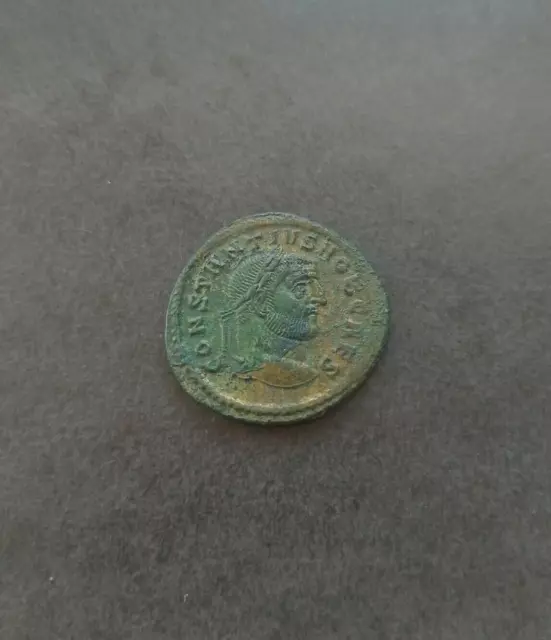
Roman Empire RARE Very Nice condition CONSTANTIUS CHLORUS Caesar Follis Ticinum
$38.00 0 Bids or Buy It Now 1d 11h
Imperial Roman coin Antoninianus Constantius I Chlorus (293-305 AD) Antioch#1981
$22.00 Buy It Now 17d 20h
NGC ( VF ) Roman AE1 ( Nummus / Follis ) of Constantius I Chlorus AD 305 - 306
$94.09 Buy It Now 15d 9h
Follis of Constantius II, 22mm Bronze, Antioch Mint, Extraordinary Condition
$50.00 0 Bids 1d 4h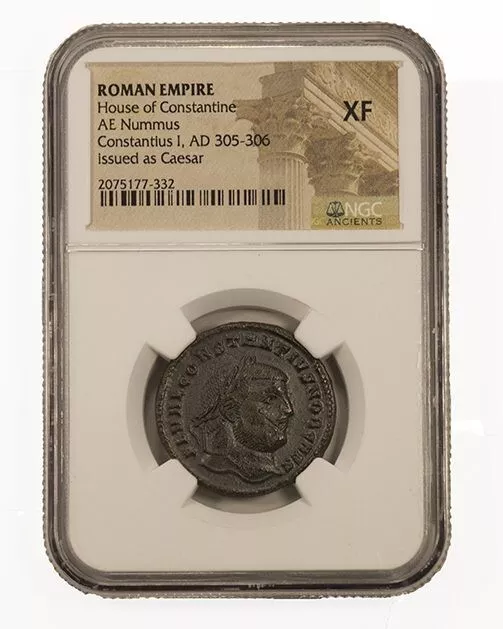
NGC ( XF ) Roman AE1 ( Nummus / Follis ) of Constantius I Chlorus AD 305 - 306
$108.09 Buy It Now 15d 9h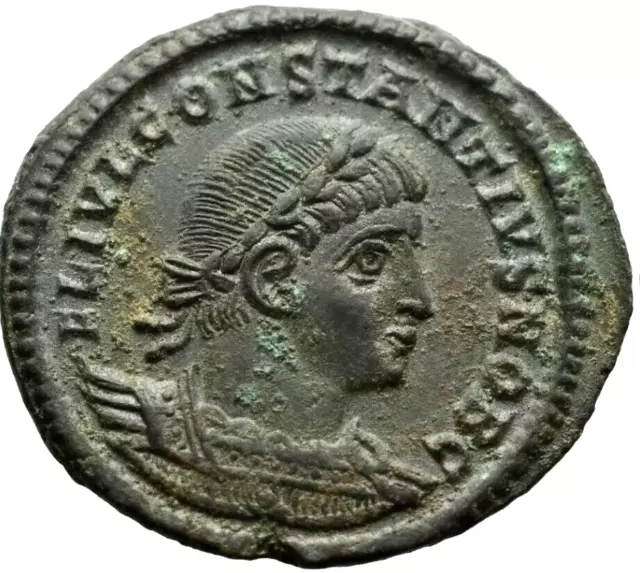
AA: XF Detail! Constantius II, Caesar (324-337 AD). Antioch. AE Follis a1492
$34.00 Buy It Now 23d 23h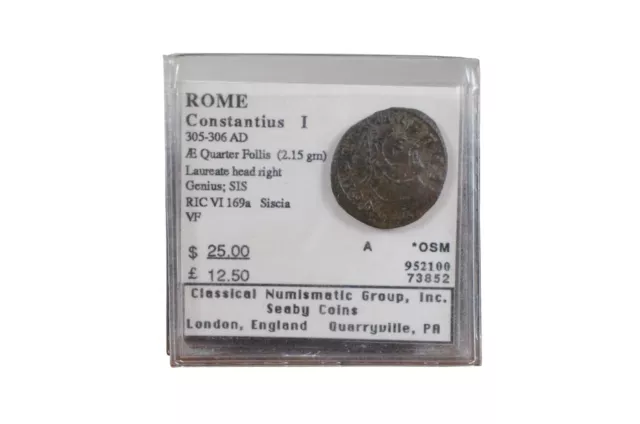
Ancient Roman Coin Constantius I AE Quarter Follis 305-306 AD Genius Siscia
$64.00 Buy It Now 19d 18h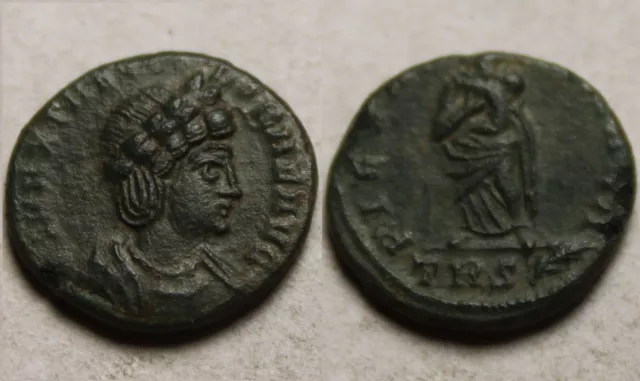
THEODORA wife of Constantius I Chlorus Rare Authentic Ancient Roman Coin PIetas
$221.25 Buy It Now 6h 23m
Constantius I. Chlorus als Caesar, 293 - 305 n. Chr. AE Follis
$30.00 0 Bids 4d 3h
Constantius I Pavia Follis old ancient roman coin Rome Empire Imperial denar
$115.00 Buy It Now 3d 13h
MORTOWN Constantius I Large Follis Antioch AD 303 Genius w/Patera Highest Grade
$110.00 Buy It Now 3d 3h
Ancient Roman Shipwreck CAESAREA Port Constantius I Silver Follis Carthage 305AD
$189.99 Buy It Now 4h 59m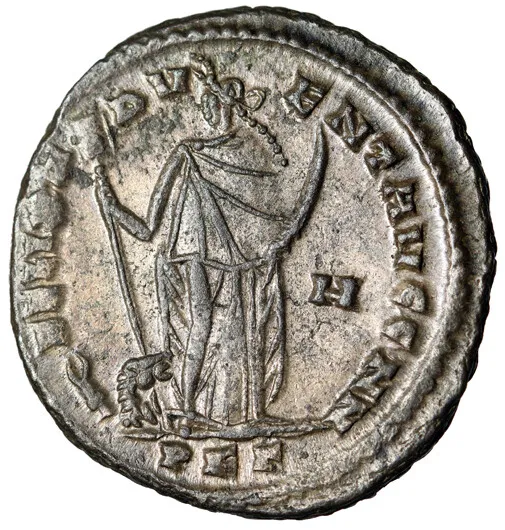
Constantius I Chlorus Silvered Follis "Africa, Lion" Carthage Mint Rare
$270.00 Buy It Now 28d 0h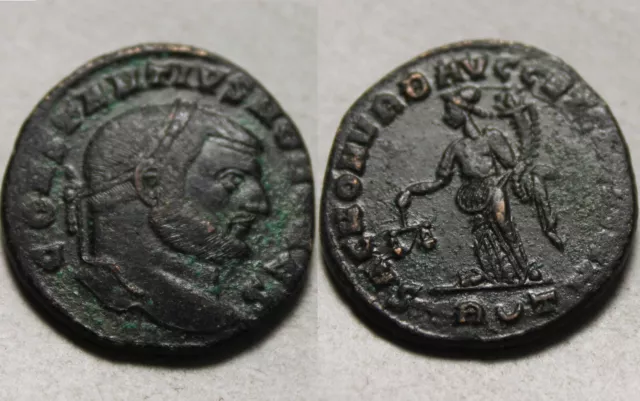
Rare genuine Ancient Roman coin Constantius I Chlorus 292AD Genius modius patera
$71.25 Buy It Now 1d 12h
CONSTANTIUS I Chlorus Authentic Ancient 305AD Genuine Roman Coin GENIUS i104368
$133.65 Buy It Now 9d 18h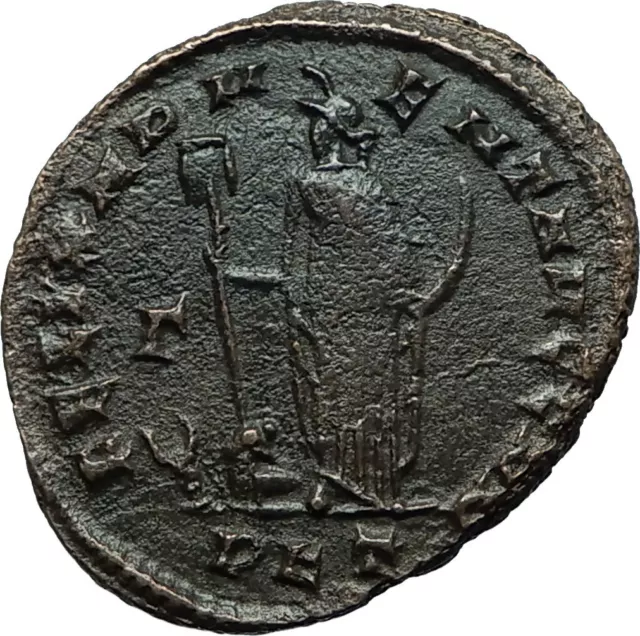
CONSTANTIUS I Chlorus 297AD Follis Nummus Authentic Ancient Roman Coin i66484
$156.15 Buy It Now 24d 7h
Rare genuine Ancient Roman coin Constantius I Chlorus 292AD Genius modius patera
$71.25 Buy It Now 16d 19h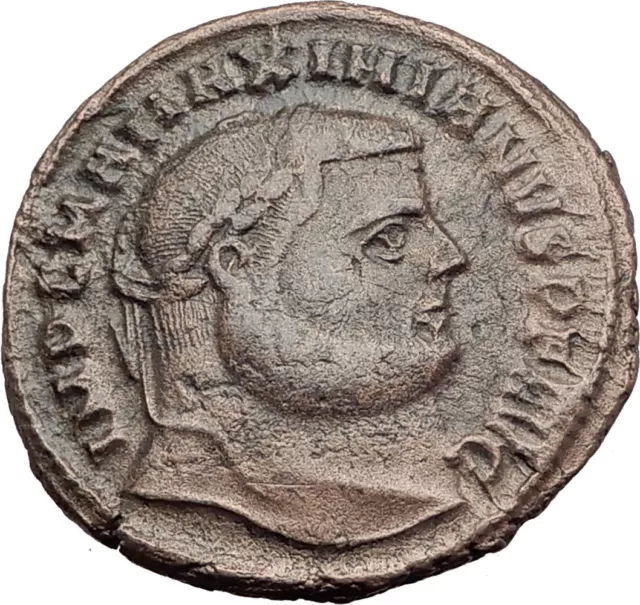
MAXIMIAN 300AD Big Follis Authentic Genuine Ancient Roman Coin Genius i63203
$427.50 Buy It Now 6d 1h
Roman Empire Constantius I BI Nummus Caesar Antioch Genius NGC Ancients XF 3 3
$125.12 Buy It Now 11d 22h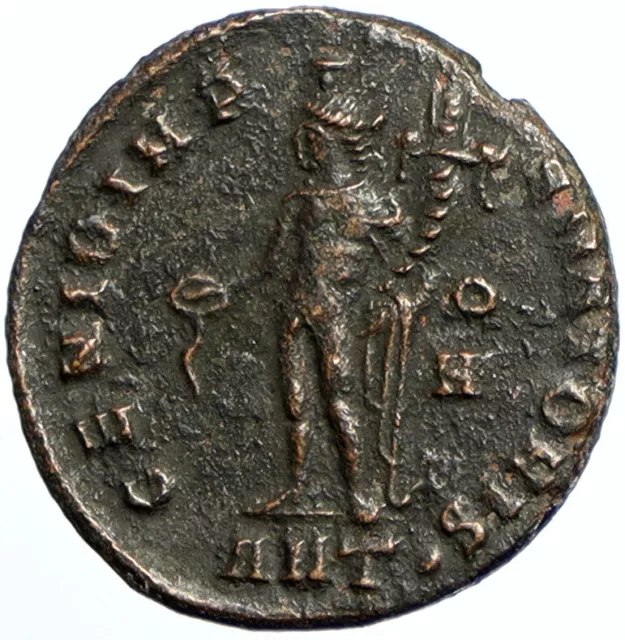
GALERIUS as Caesar Authentic Ancient 308AD ANTIQUE OLD Roman Coin GENIUS i102444
$133.65 Buy It Now 6d 2h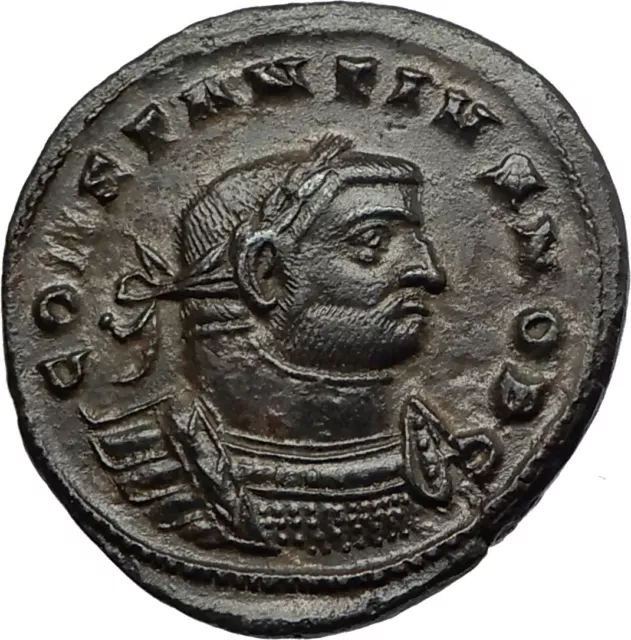
CONSTANTIUS I Chlorus 300AD Londinium London Mint RARE Ancient Roman Coin i66948
$448.65 Buy It Now 24d 8h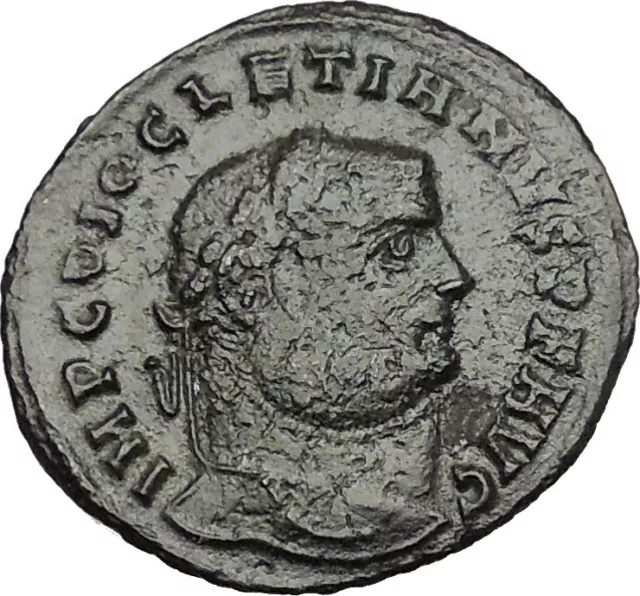
DIOCLETIAN 300AD Alexandria Big Ancient Roman Coin Genius Protection i51202
$450.00 Buy It Now 25d 19h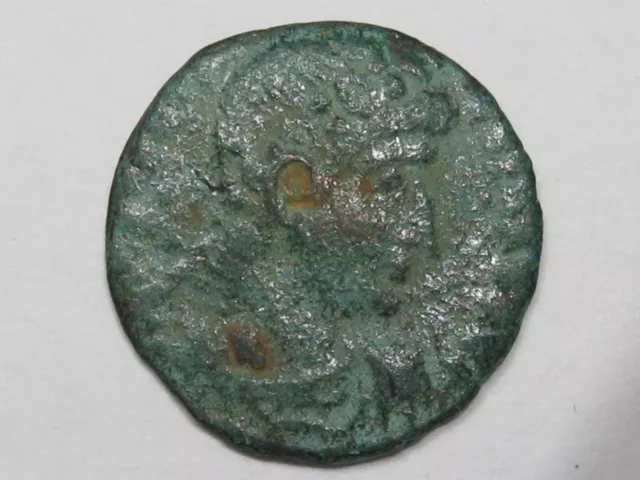
Ancient Roman Coin: Constantius II (337-361 AD) Bronze Æ3. RIC VIII Antioch. #85
$14.99 Buy It Now 7d 20h
CONSTANTIUS I Chlorus Authentic Ancient 305AD Genuine Roman Coin GENIUS i98569
$358.65 Buy It Now 20d 18h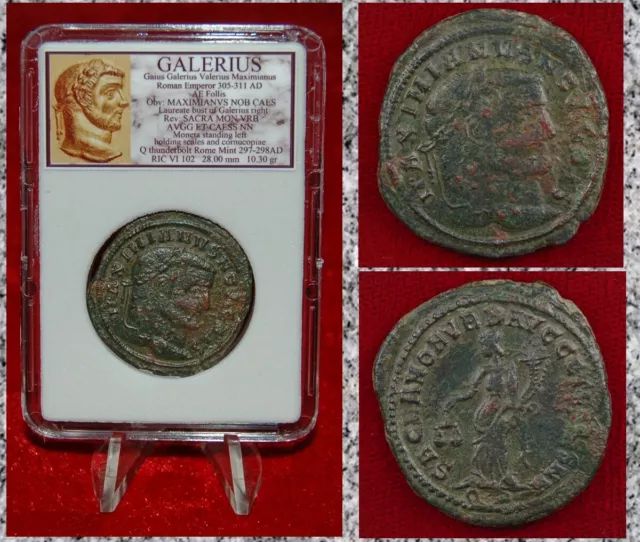
Ancient Roman Empire Coin GALERIUS Genius Follis Rome Mint SACRA MONETA
$74.90 Buy It Now 8d 0h
GALERIUS Authentic Ancient Siscia Quarter Follis Roman Coin GENIUS NGC i82223
$313.65 Buy It Now 24d 3h
Constantius I 'Chlorus' as Caesar 302AD Rare Ancient Roman Coin Genius i51065
$180.00 Buy It Now 8d 3h
Ancient Rome AD 297-298 CONSTANTIUS Chlorus Large FOLLIS Genius RARE officina Θ
$44.99 Buy It Now 10d 4h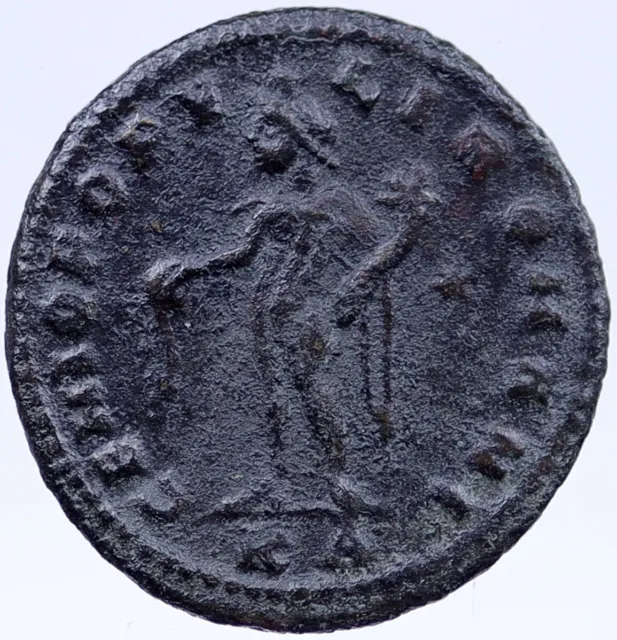
GALERIUS 307AD ORIGINAL Authentic Ancient Roman Follis Coin GENIUS i118650
$165.15 Buy It Now 26d 11h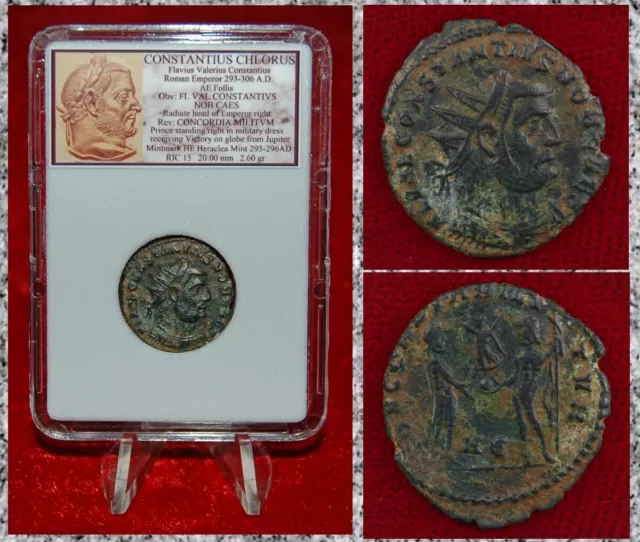
Ancient Roman Empire Coin CONSTANTIUS CHLORUS Father of Constantine The Great
$54.60 Buy It Now 12d 21h
